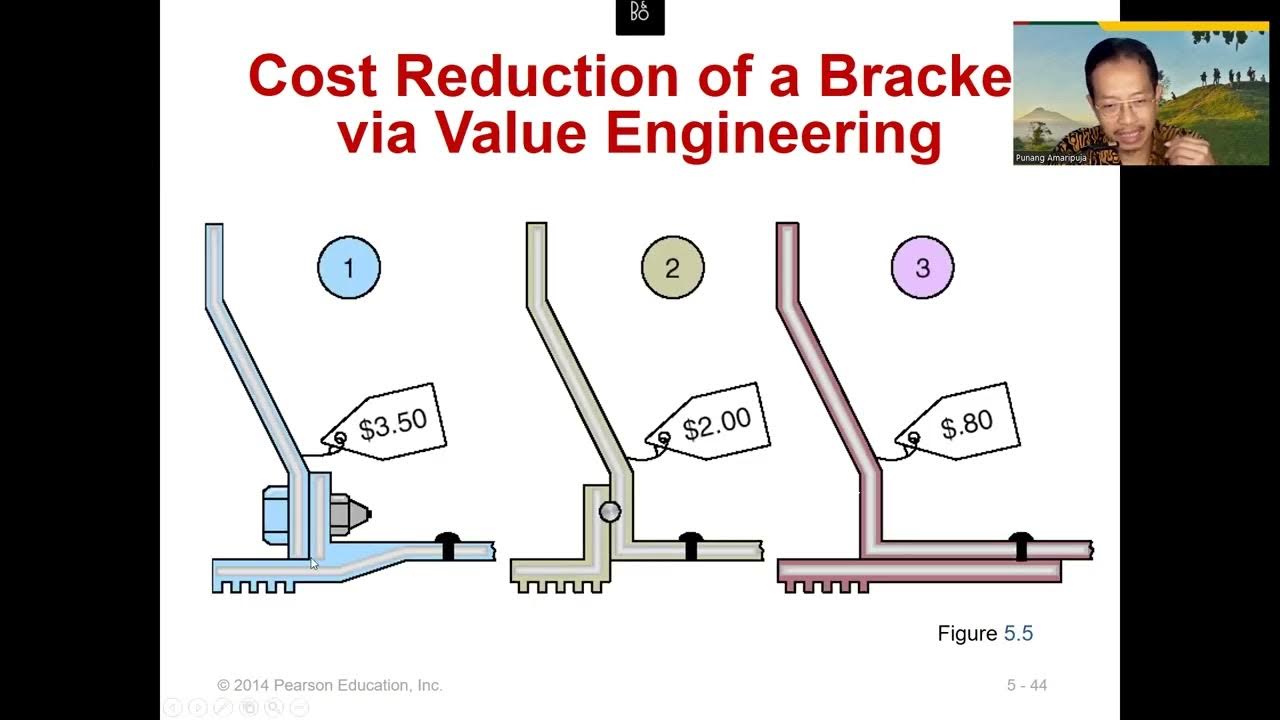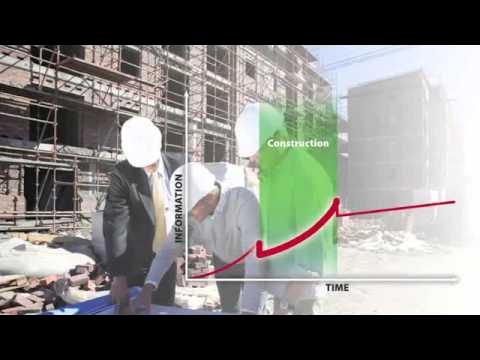Spline Cubic
Summary
TLDRThe transcript discusses a method for 'interpellation by piece', an approach to connect points with a smooth curve in computer-aided design. It explains the challenges of using high-degree polynomials and introduces a technique to construct a curve by linking segments between points. The speaker delves into the mathematical process, including the use of a third-degree polynomial and the application of an algorithm to solve for the unknowns. The session concludes with an example calculation, demonstrating how to apply the method to a set of points, highlighting the importance of maintaining continuity and smoothness in the curve.
Takeaways
- 📚 The session is focused on discussing 'interpellation by piece', a method used in various applications, including computer-aided design (CAD), to represent smooth objects.
- 🔍 The use of high-degree polynomials is delicate and can involve complex operations, such as connecting many points with large amplitude movements.
- 🔧 When using low-degree polynomials, the challenge arises from the need to connect all points, which can be problematic for altering or adjusting the curve piece by piece.
- 📈 The transcript discusses the concept of 'piecewise linear interpolation', which involves connecting points with straight lines and finding a polynomial that fits all points.
- 📝 The importance of maintaining continuity and smoothness in the curve is highlighted, especially when dealing with complex shapes or designs.
- 🔢 The script explains the process of calculating differences and derivatives to find the coefficients of the polynomial that will provide the desired curve.
- 📐 It mentions the use of a third-degree polynomial to ensure twice differentiability, which is crucial for maintaining the smoothness of the curve.
- 📉 The process involves solving a system of linear equations to determine the unknown coefficients of the polynomial.
- 📈 The algorithmic approach to finding the polynomial involves starting with the first derivative and building up to the second and third derivatives.
- 🔧 Additional conditions are used to refine the system of equations and to ensure that the resulting polynomial meets the desired criteria.
- 📝 The final part of the script provides an example of how to apply the discussed methods to determine the polynomial that fits a given set of points.
Q & A
What is the main topic discussed in the transcript?
-The main topic discussed in the transcript is the concept of 'interpellation par morceau' or piecewise interpolation, particularly in the context of computer-aided design (CAD) and the challenges associated with using splines of varying degrees.
What is the issue with using high-degree polynomials in CAD applications?
-High-degree polynomials can be delicate to use and sometimes require complex operations, especially when dealing with large amplitude movements. They can also be impractical for connecting a large number of points due to their complexity.
What is the alternative method mentioned for connecting points in CAD, and how does it work?
-The alternative method mentioned is 'altération ni report morceau' or piecewise linear interpolation. It involves connecting points with straight line segments, which is simpler than using high-degree polynomials but can lack smoothness.
What is the problem with using low-degree polynomials for connecting points?
-Low-degree polynomials can be used to connect points, but the issue arises when trying to maintain continuity and smoothness across the entire curve, as they may not provide a satisfactory fit for all points.
What is the significance of using a third-degree polynomial in the context of the transcript?
-A third-degree polynomial is significant because it provides a balance between simplicity and the ability to represent smooth curves. It is used to ensure that the curve is twice differentiable, which helps in maintaining continuity and smoothness.
What is the 'algorithme de Noah Hongrie' mentioned in the transcript, and what does it solve?
-The 'algorithme de Noah Hongrie' or Noah's Hungarian algorithm is used to solve a system of linear equations. In the context of the transcript, it is used to determine the coefficients of the polynomial that best fits the given points.
How does the transcript describe the process of constructing a polynomial that fits a set of points?
-The process involves calculating differences between points, setting up a system of linear equations, and then solving that system to find the coefficients of the polynomial. Additional conditions, such as the value of the second derivative at certain points, may also be used to refine the polynomial.
What is the role of the second derivative in the polynomial fitting process described in the transcript?
-The second derivative plays a crucial role in ensuring that the polynomial is twice differentiable, which contributes to the smoothness and continuity of the curve. It is used in the conditions that help refine the polynomial fitting.
How does the transcript suggest dealing with the complexity of high-degree polynomials?
-The transcript suggests using piecewise polynomials of lower degrees, such as third-degree polynomials, to simplify the process while still achieving a smooth and continuous curve.
What is the practical application of the concepts discussed in the transcript?
-The practical application is in the field of computer-aided design (CAD), where the concepts are used to create smooth and continuous curves that represent objects with complex shapes.
Outlines

此内容仅限付费用户访问。 请升级后访问。
立即升级Mindmap

此内容仅限付费用户访问。 请升级后访问。
立即升级Keywords

此内容仅限付费用户访问。 请升级后访问。
立即升级Highlights

此内容仅限付费用户访问。 请升级后访问。
立即升级Transcripts

此内容仅限付费用户访问。 请升级后访问。
立即升级浏览更多相关视频

Hyperbola by Foci and Vertices Method | Engineering Curves | Engineering Drawing | Engineering Funda

Designing Autonomous Markets for Stablecoin Monetary Policy | Devcon Bogotá

Catia vs solid works which one is Better.

Pengembangan Produk Baru (MOT 05 C) || Dr Punang Amaripuja Serial Operasi dan Teknologi

The Evolution of Drafting

The Future of Design
5.0 / 5 (0 votes)
